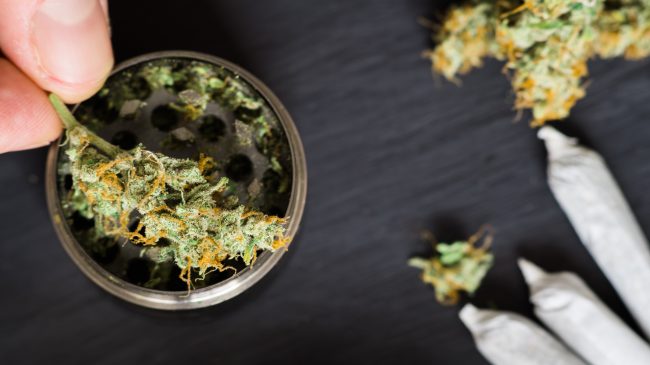California’s cannabis testing procedures are coming under heavy scrutiny after falsified reports were discovered at a lab. In some respects, however, the lab mess and subsequent process should give Californians confidence in the overall marijuana legalization procedures that are in place to protect consumers and the public.
The Associated Press recently reported, “California broadly legalized marijuana at the start of the year, and mandatory testing began on July 1. During the first two months the failure rate was about 20 percent, but state data collected through November showed improvement — about 14 percent of nearly 24,000 products were blocked from store shelves by tests.”
In November, the California Bureau of Cannabis Control inspected Sequoia Analytical Labs in Sacramento, where state officials discovered that 22 of the 66 pesticides the lab was supposed to be testing for were not being measured correctly due to a faulty instrument and failing lab director, who knew about the deficiency of the instrument and was intentionally using it to certify marijuana products. The company said it was “horrified to learn about this severe breach of a very important safety regulation,” replaced the lab director and surrendered its license to test marijuana.
While some of the cannabis that went through the lab has probably been used, the Bureau of Cannabis Control issued a recall so that consumers can return it and anything unsold can be retested or destroyed. The state’s ability to track the marijuana that passed through the troubled lab, which would be nearly impossible in most industries, highlights the sophistication of the state’s cannabis businesses.
California, like other states with legal recreational marijuana markets, has required commercial growers, extractors, kitchens, distributors, and retailers to track every single cannabis plant using a radio-frequency identification tag with a unique identifier throughout the entire supply chain. This form of inventory management was largely pioneered by Walmart, which grew to dominate its sector in part because of its ability to track items in its warehouses and trucks across the country in a central database.
With regulated marijuana, the state government houses real-time inventory information. Marijuana growers and sellers are required to scan a product’s ID tags each time it is moved or sold. As a result, the state can trace the full chain of custody for every product from the time it was planted as a seed to the time the resulting marijuana was sold to a consumer in a dispensary. Along the way, the product might touch the hands of multiple businesses—from a cultivator to a processor to a distributor and finally a dispensary—but the state can track every product along the way.
Marijuana licensees sometimes complain about the compliance costs associated with these so-called “track-and-trace” requirements. While inventory tracking may make regulatory sense, its scope within the marijuana industry can seem excessive and onerous. For instance, large companies like Walmart that use this technology for consumer goods typically track the items in bulk, such as by pallet or other large units. Marijuana licensees argue it’s needlessly costly and inefficient to tag every single plant, rather than as a batch but ultimately it is consumers who bear the burden because additional production costs are eventually passed on to them.
In light of the recent lab fraud though, voters, consumers, and other interested parties can take comfort that the track-and-trace systems required by state law are able to quickly and effectively execute a recall of potentially tainted products. Prior to marijuana legalization, there was no assurance that black-market marijuana products would be free of harmful chemicals and safe for human consumption. And there certainly was no means of initiating a recall of unsafe marijuana from cartels or other black-market actors.
While the fraudulent lab testing is quite concerning and shows the state’s evolving regulatory structure must adapt, the incident also shows how the legalized marijuana market can be a significant safety upgrade over the black market.
This column first appeared in the Orange County Register.

